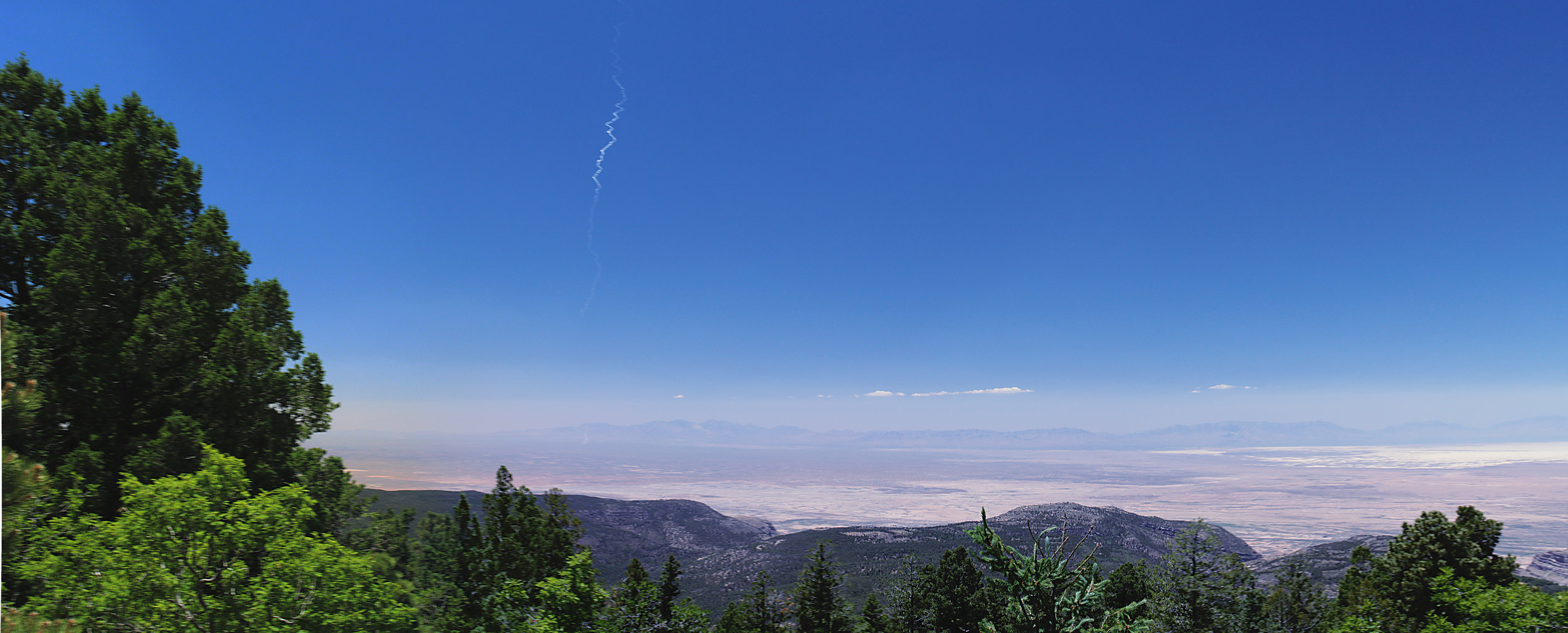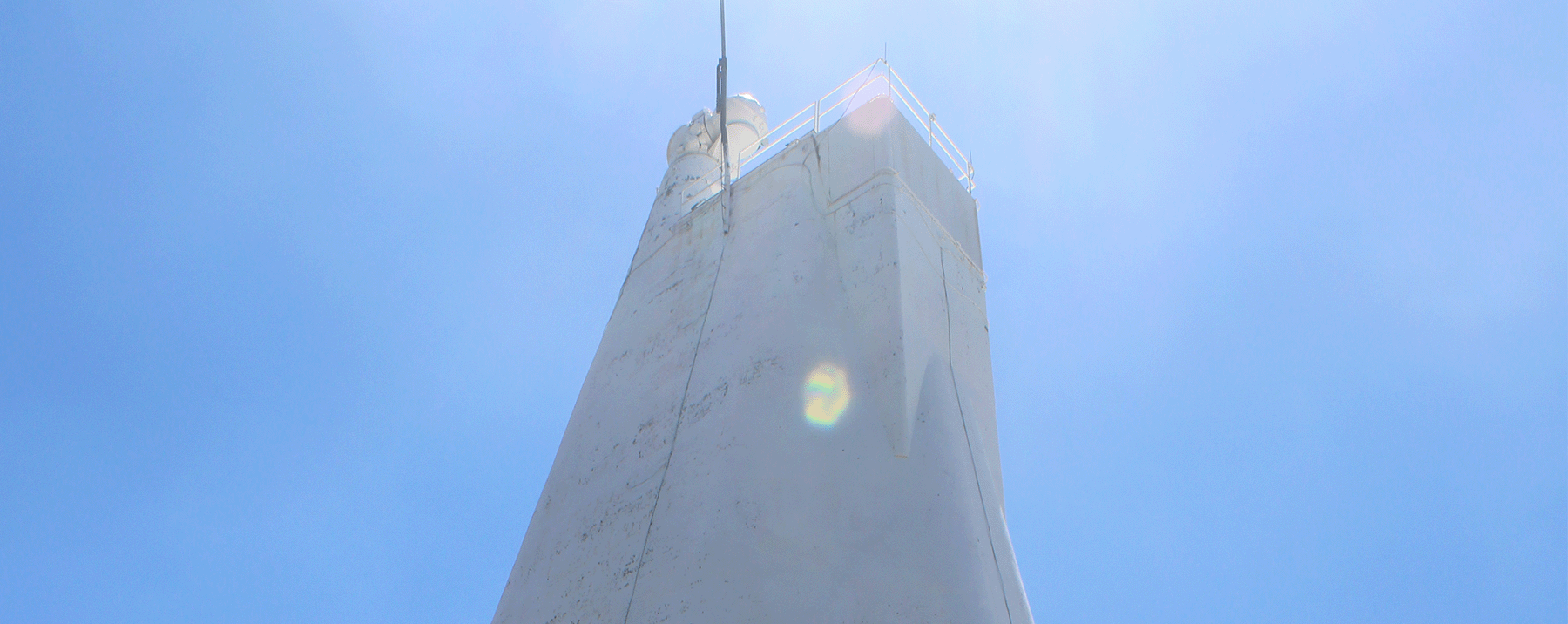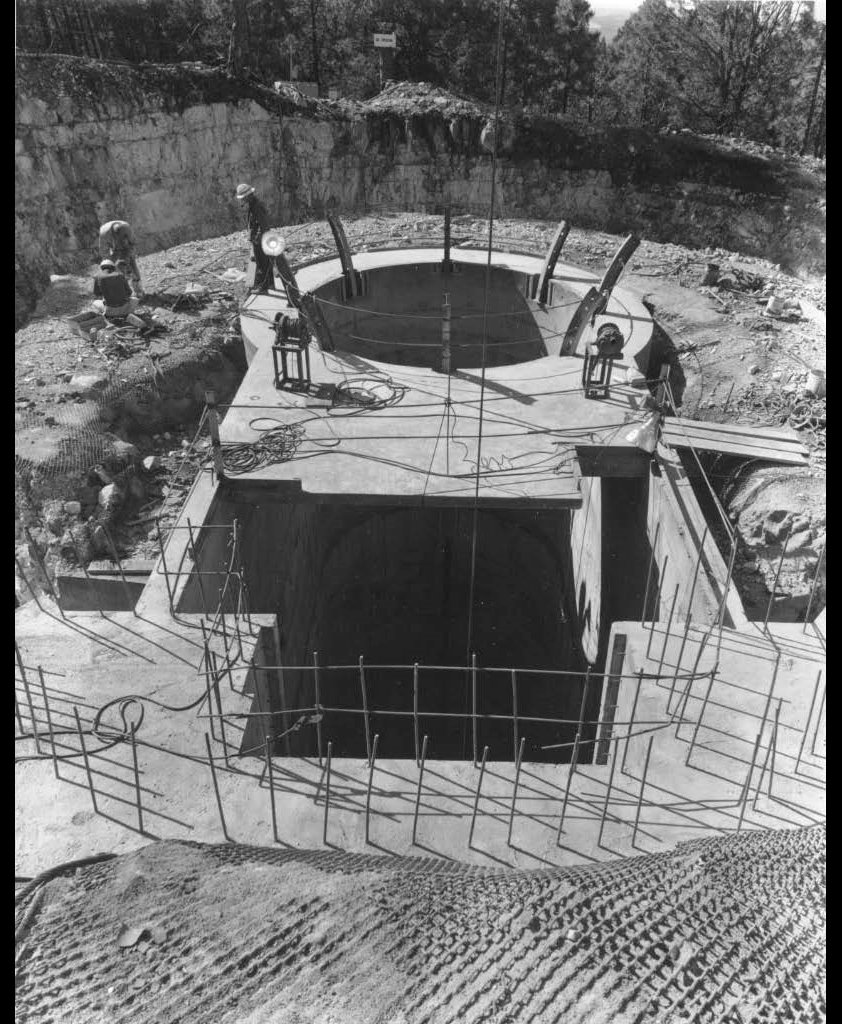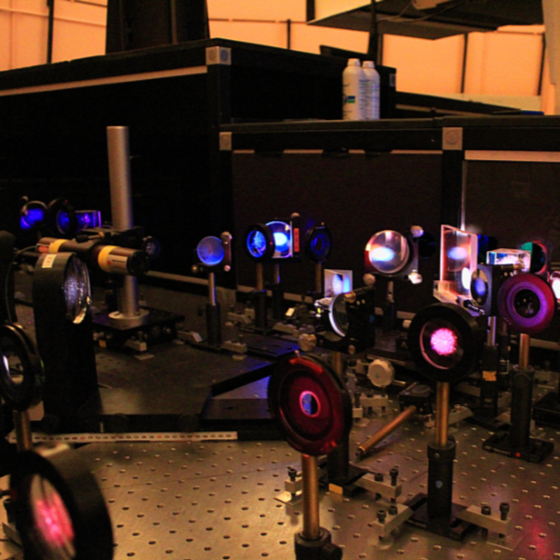The History of Sunspot Solar Observatory
IT'S A BIRD! IT'S A PLANE! NO! IT'S....
At first glance, the image above appears to be of something we've all become familiar with over the last half-century: it looks like the water vapor trails of an aircraft at high altitude (often called a "contrail" - short for condensation trail). However, it is not. The photo you see above is an image taken from our site atop Sacramento Peak in southern New Mexico. The land below is known as the Tularosa Basin, a vast desert basin, larger than the State of Connecticut. From our site on a clear day, you can see much of the basin, including the San Andreas mountains on the far side, the Organ Mountains that form the spectacular vista east of the city of Las Cruces, the gypsum dunes of the White Sands National Park, Holloman Air Force Base, and, of course, the White Sands Missile Range - formerly known as White Sands Proving Ground. The white trail you see in the image above is not the vapor trail of an airplane - it is a suborbital rocket. Specifically, it is the trail of a suborbital calibration rocket for the Extreme Ultraviolet Variability Experiment (EVE) - an instrument aboard the orbiting Solar Dynamics Observatory (SDO). This instrument measures extreme ultraviolet radiation - radiation that is absorbed by the thick atmosphere of Earth - and studies how that radiation varies over time. However, like all long-running experiments, it requires occasional calibrations. In this case, a rocket is launched from the White Sands Missile Range to just outside Earth's atmosphere. The rocket you see contains a very similar instrument to EVE, and by getting a measurement from the rocket, we have a point of reference to calibrate the EVE instrument.
Bear with me - I promise I'm going somewhere with this!
THE CIRCUMSTANCES SURROUNDING THE CREATION OF SUNSPOT
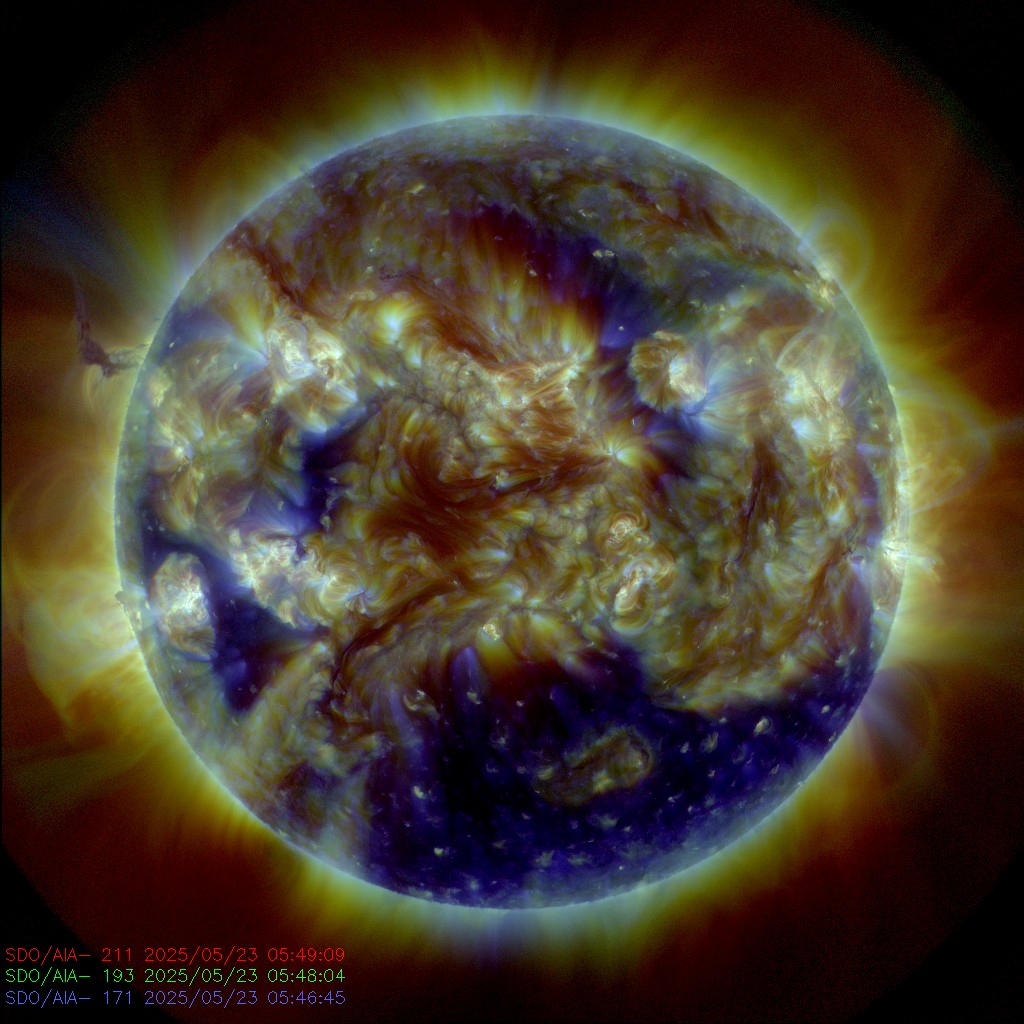
The year is 1947. The Second World War was finished, and the world was trying to come to terms with the new technologies and scientific discoveries that the war had brought about. One such scientific discovery was a link between activity on the sun - sunspots, solar flares, etc., - and radio blackouts. During the war, British radar operators noticed interference from solar emissions affecting their radar instruments. During the same time, several other scientists also noticed the correlation, but the news didn't become public until the end of the war in 1945. During the war, in the United States, one of the most important solar observatories was staffed by a man named Dr. Walter Roberts of Harvard University. Dr. Roberts operated the Harvard University coronagraph (a machine that mimics a solar eclipse) at the site that would eventually become the High Altitude Observatory (HAO) - operated by the University of Colorado and Harvard University. Dr. Roberts' site was located near the town of Climax, Colorado, on the continental divide at an elevation of 11,500 feet (3.5 km) above sea level. The site was remote, and nearly inaccessible during the winter months. Worse still for a solar observatory - it was cloudy almost every afternoon in the winter. As a result, after the war, HAO decided to secure funding for a new site in a location with weather that would complement the conditions in Climax. Between the two facilities, they hoped, they would be able to study the Sun almost every day.
Given the relevance of solar astronomy in military applications (remember the radio thing?), the US armed forces were a natural consideration for a funding source. In the spring of 1947, the US Army Air Corps (which became the US Air Force later that year) agreed to provide funding and support for a new solar observatory. The catch? The observatory would be located in the Sacramento Mountains of southern New Mexico, somewhere with a clear sight-line to the White Sands Missile Proving Grounds.
EXTREMELY HUMBLE BEGINNINGS
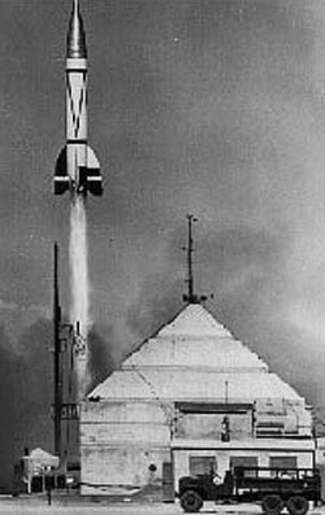
The Air Force had come into possession of some extremely advanced (for the time) rockets. Specifically, V2 "buzz bombs" - guided missiles, built by Nazi Germany. The Air Force was going to use them to study the Earth's upper atmosphere, and energetic particles from space (cosmic rays), and learn how to build better rockets. As part of that, they wanted a ground station at high altitudes to track their rockets as they ascended, and if that station could also be observing the Sun while they launched, so much the better. Funding an observatory on Sacramento Peak allowed them to achieve both goals. But before the observatory could begin, the HAO required a detailed site survey to determine whether the location was worth the effort.
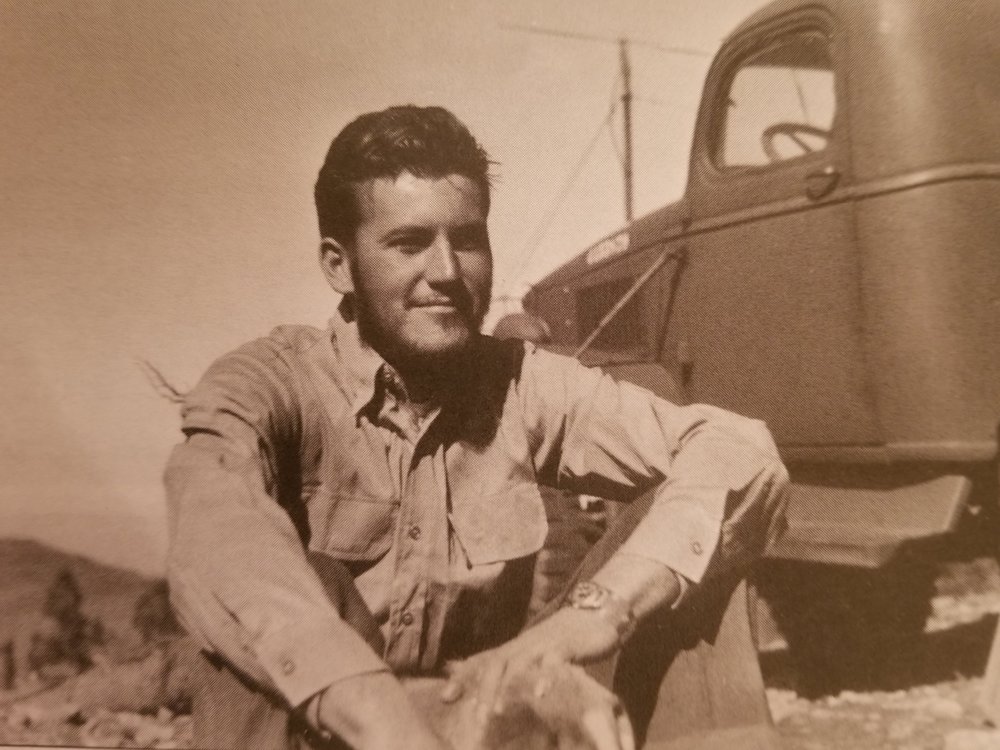
Around the same time, a young man named Rudy Cook came to Climax looking for a job. Having fallen in love with solar astronomy on a trip to the observatory in high school, he came to Dr. Roberts to find a job at Climax. Instead, he was given the opportunity to help start the new observatory site, doing much of the pioneering work for Sacramento Peak: clearing trees, tracking the weather, and doing daily solar observations. In the early summer of 1947, Rudy came to Sacramento Peak with a small group of other men, including Dr. Jack Evans, who would later go on to be the director of the site. The others quickly went back to Colorado, and Rudy was left alone at the site for four months.
Thanks to his efforts, the site was deemed to be a fantastic location for a solar observatory, and in the fall of 1947, a second man, Lee Davis made his way to the site to begin work.
EARLY DAYS
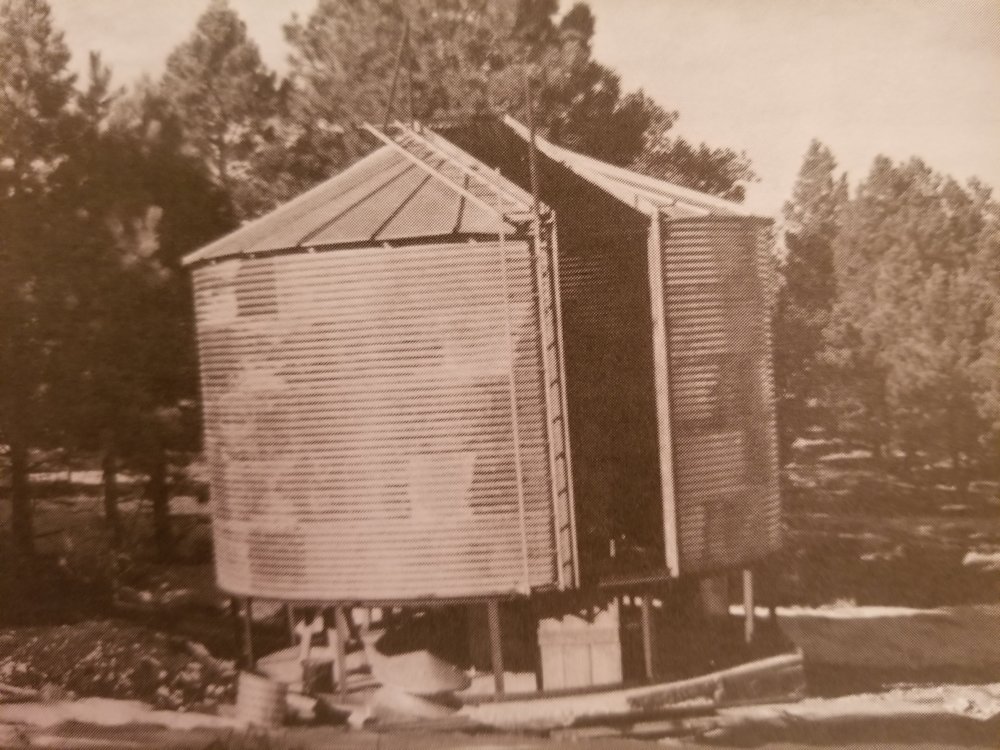
In the first days of the site, Rudy lived in an old railroad boxcar and eventually, the AF supplied him with a 16' trailer. Gradually, Quonset huts were hauled up the mountain and prefabricated buildings from a Sears & Roebuck catalog were ordered. The original route was a dirt road from the town of High Rolls, New Mexico. There was no paved road accessing the site until 1960. The first shower on site was a large water tank from a railroad, balanced on top of one of the garages on scavenged railroad ties. The solar telescopes on site lived outside and were covered by tarps at night. The first "permanent" telescope enclosure was erected on site in 1950. It was one of the prefabricated buildings ordered from the 1948 Sears & Roebuck catalog. To get it to the site, the road to High Rolls had to be widened. Even so, it took two years before telescopes were set up in the building, which was a converted grain bin with a slit cut into the metal of the roof (pictured left). In the early days, it housed four different solar instruments, including a coronagraph, which at the time were still very new. Both Rudy and Lee had brought their families to Sacramento Peak, and more observers were on the way with their families.
In 1952, construction finished on a brand new facility - the Big Dome, now known as the John Evans Solar Facility. Unlike the Grain Bin Dome, the Big Dome was built on-site - not prefabricated. It was built to house a new, larger solar instrument - a solar spar that would hold the largest coronagraph in the world. At 16 inches in diameter, it was more than three times larger than the one housed in the Grain Bin.
SACRAMENTO PEAK AS A WORLD-CLASS SOLAR OBSERVATORY
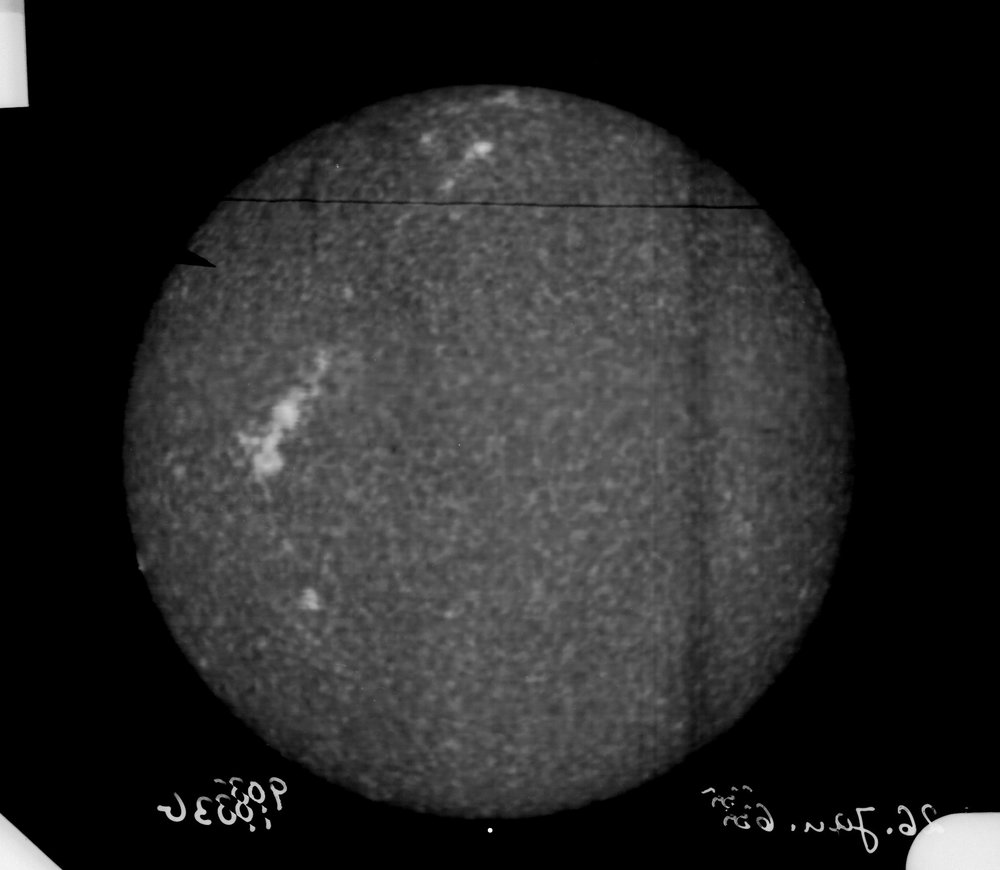
After the Big Dome saw what we call "first light" - the first data taken with the telescope, it was apparent that the observatory at Sacramento Peak would become a world-class facility. More and more researchers and engineers were living on site. Air Force officers were stationed at the facility for long stretches of time. In 1953 Rudy Cook left his position as the chief observer on the site to obtain his college degree.
Through the rest of the fifties, the telescopes on site operated and were upgraded. To the right is an image of the Sun, taken from the Big Dome in 1965 that is indicative of the type of work being done at Sacramento Peak Observatory. The image is of the full disk of the Sun, taken in a particular color of light that is produced in the atmosphere of the Sun.
By the middle of the 1950's, it was apparent that the observatory on Sacramento Peak would become a world-class observing site. Two more observing facilities were approved, one of which became Hilltop Dome, and the other of which is now known as the Dunn Solar Telescope - still in operation today. The proposal for the Dunn (at the time known as the Vacuum Tower Telescope) was submitted in 1958, but construction did not begin until 1966.
In the meantime, the Hilltop Dome was constructed in 1963. Most of the instruments dedicated to watching the Sun for solar flares were moved to the Hilltop Dome. Around this time, the Grain Bin Dome finally ceased taking solar data.
BUILDING THE VACUUM TOWER TELESCOPE
Construction on a unique, new type of telescope began in 1966. This telescope was the first of a special class of solar telescopes optimized to study a sub-region of the Sun in extremely high resolution. The telescope tube was designed to be kept in a vacuum at all times so that heat from the Sun wouldn't cause turbulent motions in the telescope itself. The main mirror, 59 inches (1.5 m) in diameter would be kept at the bottom of a 228-foot deep (70 m) pit below the telescope building, still enclosed in the same vacuum. The entrance window for the telescope would be 136 feet (42 m) above the ground, making the excavated telescope tube longer than a football field from top to bottom, with most of it being below ground. The image on the left shows the pit for the telescope before the tower was constructed over top of it.
The US Air Force oversaw the construction of the telescope, and the project was finished in just over three years. Costing $3 million dollars to build (about $25 million in 2018), it is still in operation today - a pretty good investment, all things considered!
The vacuum tower telescope concept has since been applied in several other large solar facilities, including the German VTT and the Swedish SST, though no other design quite matches ours! Part of our unique design is the way the telescope "de-rotates" the images of the Sun it produces. Of course, as you have probably heard, the Earth rotates over the course of a day. As it does so, the Sun moves across the sky from east to west - but it also appears to rotate as it does so! To correct this, you have to turn your instruments, including the camera, which isn't always simple. In this case, the entire telescope, over 300 feet long (91 m), and weighing in at over 300 tons (600,000 pounds!) was built to rotate in order to track the Sun. The rotating segment includes a 40-foot-wide (12 m) observing table where our instruments are located. The entire 300-ton structure hangs from a one-of-a-kind mercury float bearing located at the top of the tower that keeps the telescope floating in a half-inch layer of mercury. As such, when the telescope isn't tracking, the friction is low enough that the entire structure can be moved by hand!
RECENTLY AT SUNSPOT
The Vacuum Tower was the last telescope built on site. Renamed in the 90s for its designer, Richard Dunn, the Dunn Solar Telescope (DST) continues to operate today - though much of it has been upgraded over the years. Presently, a high-order efficient adaptive optics system makes it possible for the telescope to effectively remove most of the distortion caused by the atmosphere above the telescope. As such, to date, the DST has some of the sharpest ground-based images of the Sun available in the world.
Around the DST, the site continued to flourish. The site was taken over by the National Science Foundation through the National Solar Observatory (NSO) in 1975. Until recently, they were the sole operators of the site. The Air Force started moving their Solar operations from Sunspot to Kirkland Air Force Base, located in Albuquerque, NM in 2010. Over the years, the site at Sunspot became the headquarters of the NSO, where new telescopes were designed, and new, upgraded instruments were built and tested. Many of the instruments for the next generation of a solar telescope, the 15-foot (4.5 m) DKIST being constructed in Hawai'i were designed on-site. Recently, the NSO has been focusing its efforts on the gargantuan task of finishing construction on the DKIST telescope, and as of January 2017, the Sunspot Solar Observatory Consortium has run the Visitor’s Center and Dunn Solar Telescope in Sunspot, including the acquisition of science data at the DST, still one of the finest solar telescopes in existence. The NSO remains in charge of the operations of the Sunspot site. With the advent of DKIST, the DST will become even more invaluable to the scientific community, as the unique design and flexibility of the DST allow the telescope to provide important complimentary data to the DKIST telescope that the design of DKIST simply does not allow. Despite passing its 50th birthday, the Dunn Solar Telescope continues to operate on clear-weather days, providing unparalleled data to the solar scientific community.
